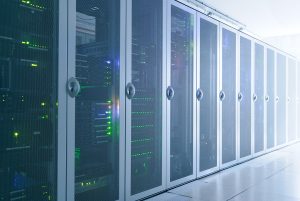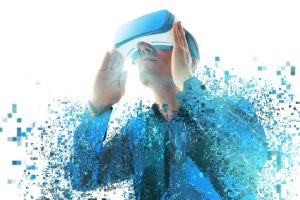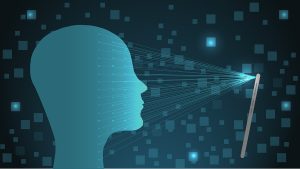 Data center consolidation has been a mandated goal in the federal government for a number of years. The introduction of cloud, virtualization, and shared services means the government can run more efficiently with less hardware that no longer requires huge, physical servers to sit in buildings. Many of which were built for the sole purpose of housing servers. Consolidation saves money on technology, the support of that technology and also reduces agency real estate footprints and needs. While agencies have made some strides, the OMB sees the progress to date as going after low hanging fruit and is now challenging agencies to think bigger.
Data center consolidation has been a mandated goal in the federal government for a number of years. The introduction of cloud, virtualization, and shared services means the government can run more efficiently with less hardware that no longer requires huge, physical servers to sit in buildings. Many of which were built for the sole purpose of housing servers. Consolidation saves money on technology, the support of that technology and also reduces agency real estate footprints and needs. While agencies have made some strides, the OMB sees the progress to date as going after low hanging fruit and is now challenging agencies to think bigger.
According to a drafted policy issued in November, OMB stated, "Agencies have seen little real savings from the consolidation of non-tiered facilities, small server closets, telecom closets, individual print and file servers, and single computers acting as servers." The push now should be in moving to the cloud and shared services, and looking to commercial third parties to host government data.
More than moving servers and workloads, data center consolidation relies on changing the way agencies manage data. The Data Accountability and Transparency Act was enacted to make information on government spending more transparent. Doing so requires agencies to agree to and implement data standards so that information can be shared across government and openly with the public. This implementation of standards has been a stumbling block for compliance. Continue reading


 With a focus on automation and digitization in government, there is a perceived fear that, just like the science fiction films and books warned, robots will take over our jobs (and potentially later, the world). The reality is that while some manual jobs will be "taken over" by machines, there is still a huge need for people to train and double check those technologies. In automating rote functions, we are letting machines do what they do best - quickly capture and compute data -- and freeing humans to do what they do best - make sense of the machine's outputs.
With a focus on automation and digitization in government, there is a perceived fear that, just like the science fiction films and books warned, robots will take over our jobs (and potentially later, the world). The reality is that while some manual jobs will be "taken over" by machines, there is still a huge need for people to train and double check those technologies. In automating rote functions, we are letting machines do what they do best - quickly capture and compute data -- and freeing humans to do what they do best - make sense of the machine's outputs. You are likely familiar with the pay-as-you-go model of cloud computing. The idea is to charge for technology services much like utilities are billed. Users are billed for only the computing resources they use as opposed to paying a flat license fee to own and use the software or service. This model has proven to be more cost effective for organizations with inconsistent needs in terms of computing and storage power, allowing them to scale their use up or down as the work demands. Now, this same idea is making its way into the training and event space.
You are likely familiar with the pay-as-you-go model of cloud computing. The idea is to charge for technology services much like utilities are billed. Users are billed for only the computing resources they use as opposed to paying a flat license fee to own and use the software or service. This model has proven to be more cost effective for organizations with inconsistent needs in terms of computing and storage power, allowing them to scale their use up or down as the work demands. Now, this same idea is making its way into the training and event space. The Internet of Things (IoT) is made up of webcams, sensors, thermostats, microphones, speakers, cars, and even stuffed animals. All of these connected devices can help individuals and organizations stay connected across geographic distances, keeping tabs on and managing assets from miles away. The data they collect can be combined with other data sets to create actionable advice for better management and service.
The Internet of Things (IoT) is made up of webcams, sensors, thermostats, microphones, speakers, cars, and even stuffed animals. All of these connected devices can help individuals and organizations stay connected across geographic distances, keeping tabs on and managing assets from miles away. The data they collect can be combined with other data sets to create actionable advice for better management and service.

